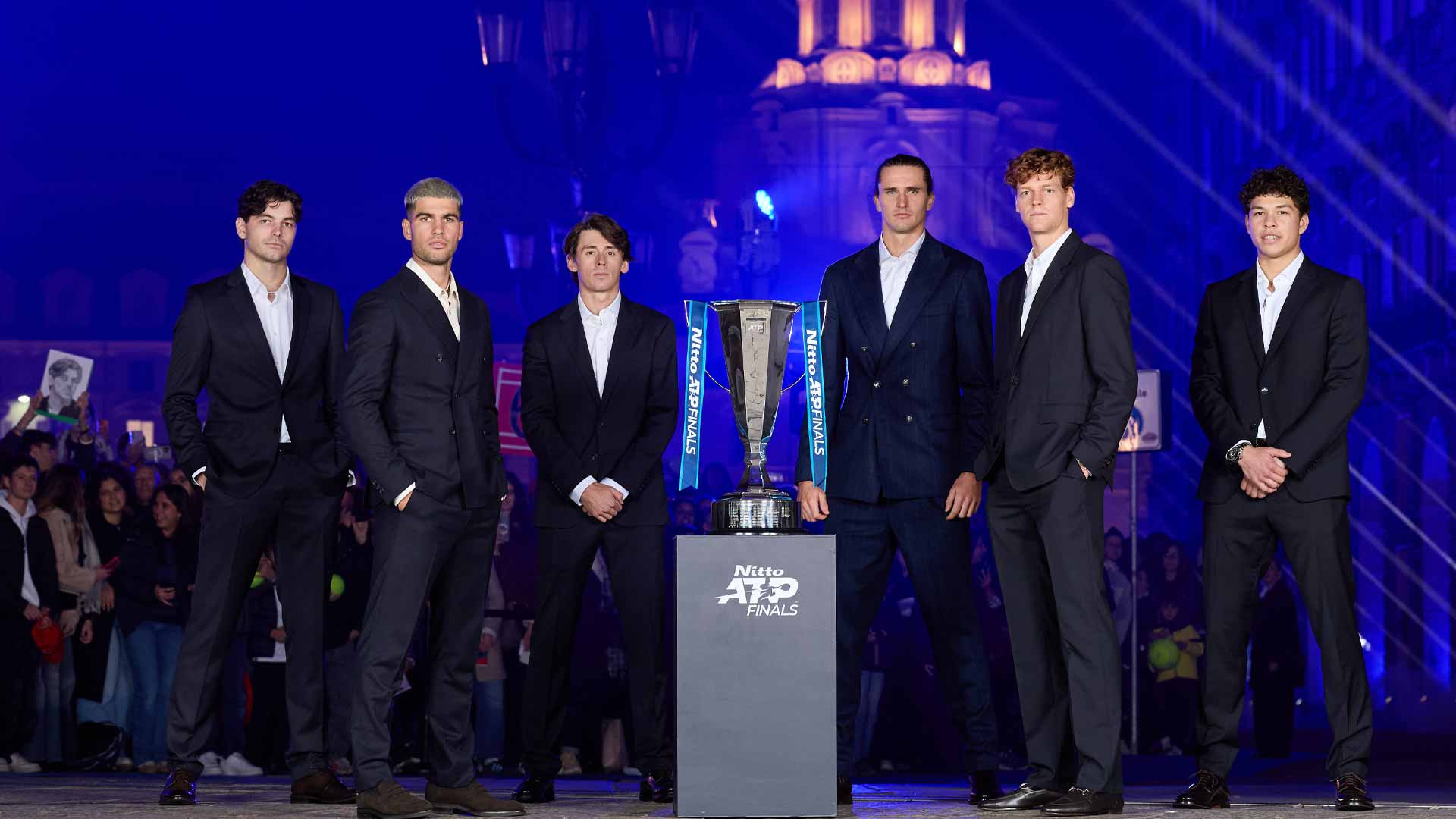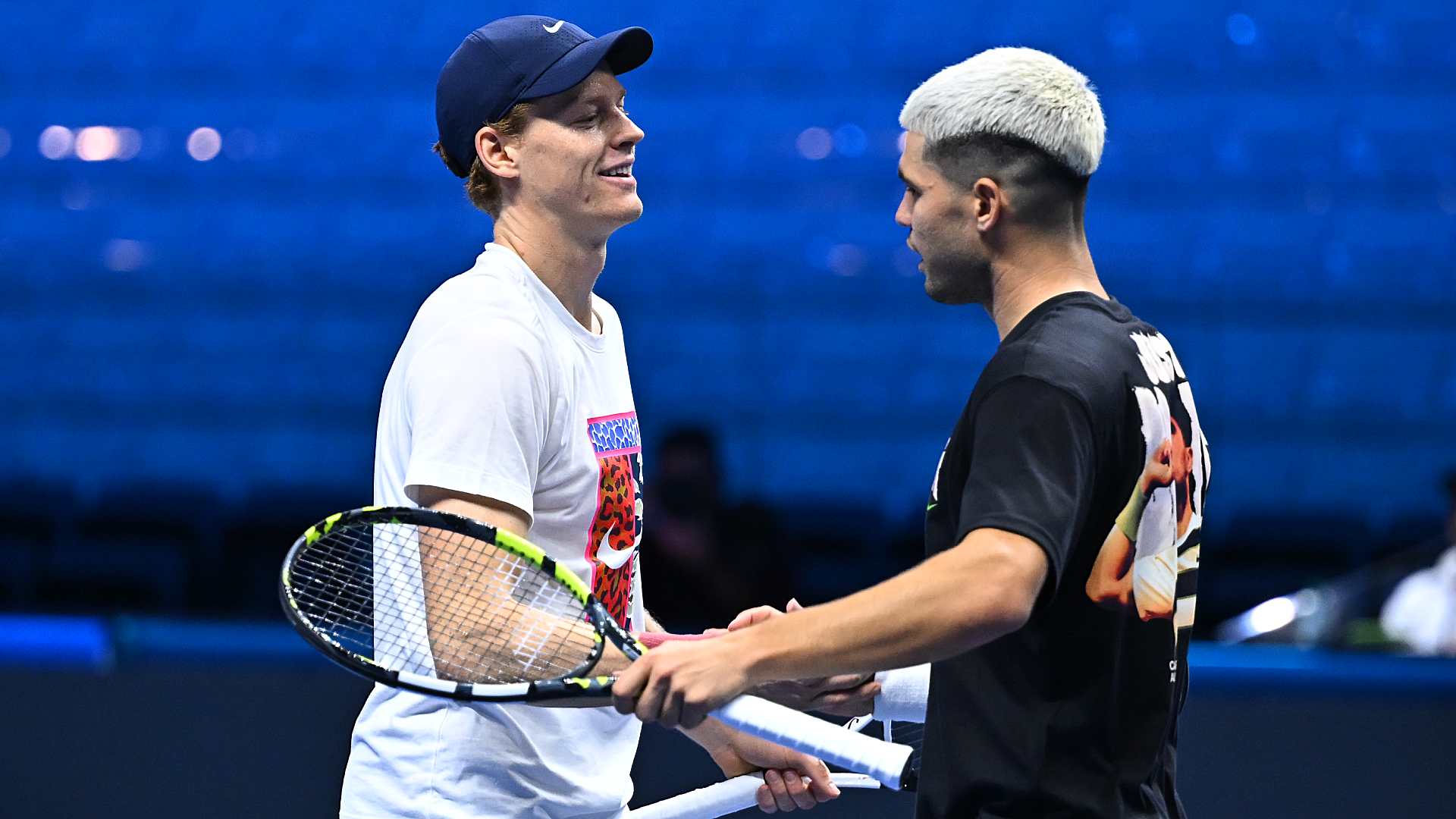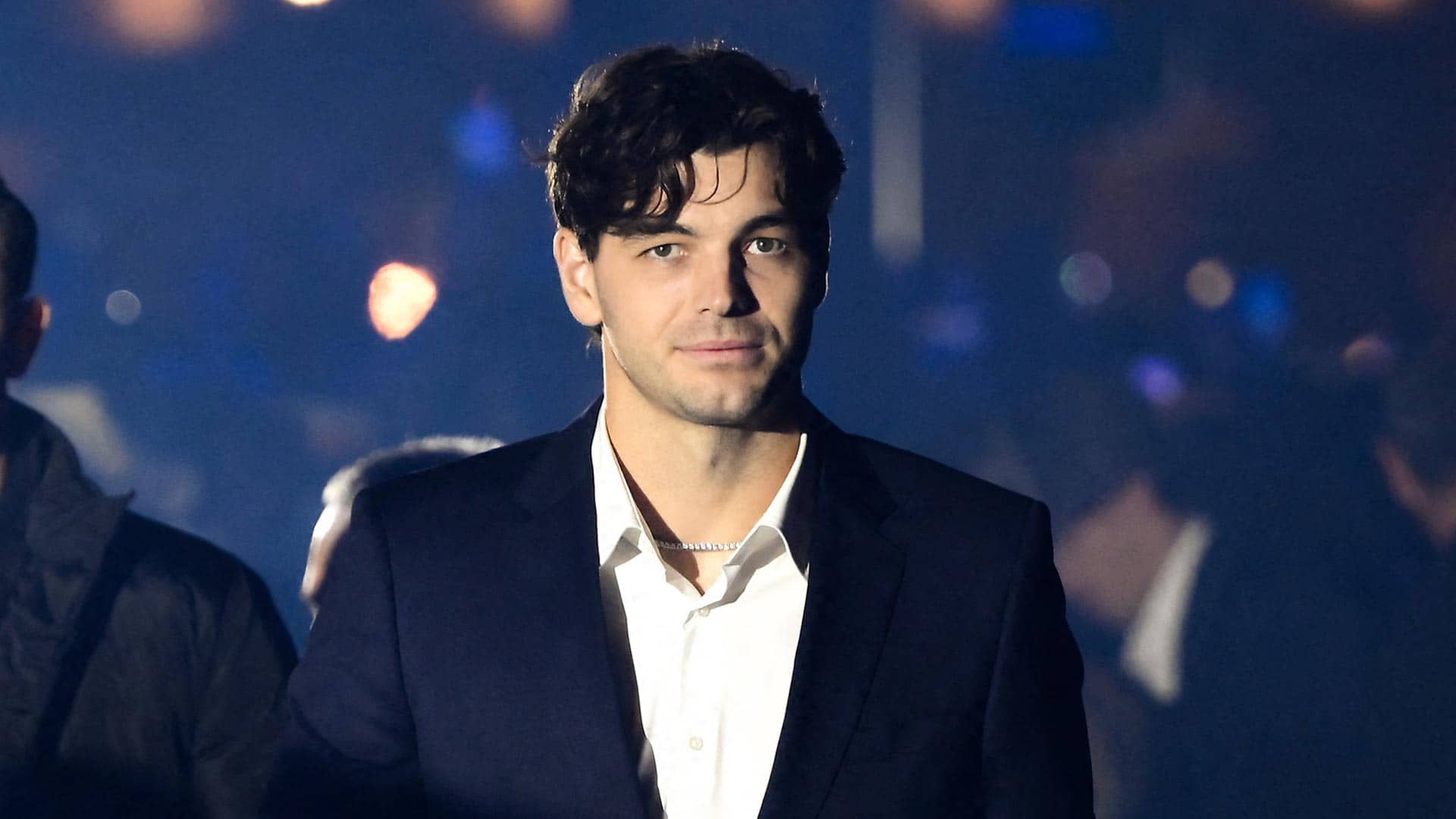The closed roof of Arthur Ashe Stadium trapped the roar like a thunderclap as Aryna Sabalenka crumpled to the hard court, her sobs echoing nine months of bottled anguish. In 94 minutes of raw power and hard-won poise, she had toppled Amanda Anisimova 6-3, 7-6 (3), claiming her fourth major title and becoming
the first woman to repeat as champion since Serena Williams more than a decade ago. The 27-year-old world No. 1, who had gripped the ranking since October, transformed a campaign scarred by final losses into a testament to adaptation, her inside-out forehands carving through the humid night like blades.
### Early finals fracture her fire
January's Australian Open final ignited the season's storm, with Madison Keys pulling off the upset on those faster hard courts, denying Sabalenka a third straight major. Seconds after the last point, she smashed her racket beside her chair, the sharp crack broadcasting her disgust to screens worldwide and setting a tone of unrelenting frustration. That raw edge carried into Roland Garros months later, where another title slipped away to Coco Gauff in a 6-7 (5), 6-2, 6-4 grind amid gusty winds that scattered her flat shots.
Tears streaked her face during the postmatch speech, her words blaming the conditions and drawing sharp criticism for shading her opponent—comments
which soon went viral for all the wrong reasons. She later apologized, and Gauff accepted with grace, but the backlash lingered as a reminder of emotional fractures under pressure. Wimbledon brought no balm; in the semifinals, she fell to Anisimova in a three-set thriller on grass that favored the American's flat returns, leaving her dejected and questioning her path despite two 1000-level titles that season.
"Conditions were terrible, and she simply was better in these conditions than me," Sabalenka told reporters after the French Open. "I think it was the worst final I ever played."
She stepped away from the tour, the grueling WTA schedule offering scant respite, to reset amid the majors' relentless demand. Those defeats—nearly three final losses in a year, echoing Justine Henin in 2006—piled expectations sky-high, her perfectionism turning setbacks into self-inflicted wounds. Yet in New York, defending her hard-court crown became the crucible to reforge that fire into something unbreakable.
### Perfection yields to adaptive poise
Sabalenka's ascent never followed the junior prodigy script; unlike Anisimova, who captured the 2017 US Open girls' title, she surged as a pro, clinching her first WTA trophy in 2018 and Newcomer of the Year honors. By 2019, she hoisted her inaugural major in US Open doubles, but singles demanded more—obsessive tweaks to match her ambition. In 2022, serve woes crippled her to near-retirement; enlisting a biomechanics expert, she refined her motion for precision across surfaces, turning double faults into aces that pierced hard courts like arrows.
That dedication fueled consistency: since her 2021 Wimbledon semifinal breakthrough, after ditching doubles for singles focus, she's hit quarterfinals or better in every major, four of the past five finals, and all six previous hard-court slams. Her team, spotting the pattern of meltdowns like Melbourne's smash or Paris's tears, shifted toward mental resilience for imperfect days. Jason Stacy, her performance coach, noted she turned to "Into the Magic Shop" after Roland Garros, its pages a "fairy-tale thing" that mirrored her New York arc.
Max Mirnyi, a former world doubles No. 1 and six-time major doubles champion from Belarus, joined ahead of the hard-court swing, emphasizing fluidity over flawlessness. He relayed to her directly that no match unfolds perfectly, drawing from the best of Novak Djokovic and Roger Federer or Steffi Graf, where champions adjust mid-rally to unplanned twists. On Ashe, Billie Jean King's placard at the entrance proclaims "Pressure is a privilege," her team adding the coda: "Champions adjust." With King in the stands alongside Tracy Austin, Monica Seles, Andy Roddick, Stan Smith, and Virginia Wade, Sabalenka internalized it, her hard-court game—deeper returns, varied pace with underspin to disrupt flat hitters—evolving into a versatile weapon.
The surface here, medium-paced and true-bouncing, amplified her one–two patterns: serve wide to the deuce side, followed by crosscourt forehands that stretched opponents thin. Post-Wimbledon reset, she fretted less over rust from breaks, embracing the calendar's toll as fuel rather than flaw. This mental pivot, blending Stacy's motivation with Mirnyi's tactical wisdom, armored her against the crowd's pro-Anisimova swell, turning New York's asphalt into her redemption canvas.
### Tiebreak triumph tempers the storm
Facing Anisimova again, the American crowd's cheers formed a partisan wall under the lights, but Sabalenka broke early in the first set with a down-the-line backhand slicing through the baseline fray. Her power dominated turbulent rallies, inside-in forehands forcing errors as the frame fell 6-3 in under 40 minutes, the air humming with struck leather. The second set coiled tighter; up a break twice, she pushed toward victory, her serve's kick climbing the court to neutralize returns.
At 5-4, serving for the match, an overhead lob—routine under pressure—clipped the net, racket dropping in disbelief as Anisimova broke back to 5-all. The stadium pulsed with hope, sweat gleaming on strings, but Sabalenka teetered without toppling, drawing a deep breath to refocus. Tiebreak ensued, her streak at 19 straight won, and though she needed three match points—exhaling before each—the control felt inevitable, Anisimova's return sailing long on the third.
"You cannot make these kind of mistakes on important points," she said postmatch. "Sometimes it can be crucial, from my experience. So, yeah, that was the moment, but then I turned around, and I took a deep breath in, and I was, like, 'OK, it happens. It's in the past. Let's focus on the next one.'"
, the relief crashing as she high-fived fans en route to her box, embracing Stacy, Mirnyi, agent, and friends in a tear-streaked huddle. "Those two finals where I completely lost control over my emotions, I just didn't want this to happen again," she beamed on the ESPN broadcast. "And there were a few moments where I was like this close to just letting it go. But I was like, 'Come on now. You cannot do that. You just have to stay focused and keep going, keep trying.' And it's really helped me."
During the trophy ceremony, she addressed her team: "I mean it's been tough this year with those finals. I was really terrible towards you but come on. Worth it, right? Thank you so much. I love you. You're my family." Gazing at Anisimova's tear-stained runner-up stance, she offered empathy: "I know how much it hurts losing in the finals. But trust me, the moment you win your first one, and you're going to win it ... you're going to enjoy it even more after all of the hard losses in the finals." Celebration loomed with on-site drinks, her smile radiant as confetti swirled, the season's scars—from clay gales to grass skids—now badges of a sharper edge. As she departs Flushing Meadows with No. 1 secure and majors in sight, Sabalenka's blueprint of adjustment promises to reshape the tour's unforgiving terrain.



